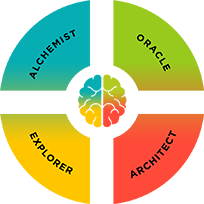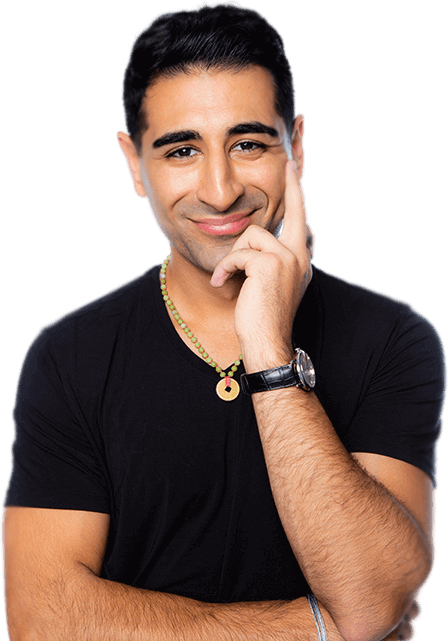Video Version
Text Version
Total Reading Time: 4 minutes.
The master in the art of living makes little distinction between his work and his play, his labor and his leisure, his mind and his body, his information and his recreation, his love in his religion. He hardly knows which is which. He simply pursues his vision of excellence at whatever he does, leaving others to decide whether he is working or playing. To him he’s always doing both.
– James A. Michener
What Is a Master in the Art of Living?
This quote changed my life. It doesn’t have to change your life, but I think that there’s something we can all learn from this concept. What is a master in the art of living? At the end of the day, that’s what the most of us are looking for. We want to master this process, this journey of what we’re all here to do, right?
We want money. Many of you want fame. Many of you want great relationships. You want a sense of fulfillment.

There are so many drivers we all have, right? But really what we’re looking for is to create a level of mastery.
The reason I love this quote so much is that he ends it with “to leave others to decide whether he is working or playing.” We’re talking about playing for a living. What a beautiful concept, right?
What Would You Do If Money Were No Object?
That doesn’t mean you have to be stuck in one field for your entire life. What it does mean is that you have this opportunity to really go deep and become a master at one thing.
An example would be the way a doctor becomes a master of medicine or master of the body or whatever their specialty is. You have that opportunity as a solopreneur to do the same thing. Instead of jumping from idea to idea, opportunity to opportunity, shiny object to a shiny object, why not play for a living? Why not be a master in the art of living?
Why not choose a field or focus in which you can develop mastery?
The reason I think it’s important is simple: if you’re not growing, you’re dying. This is nature at the end of the day, right? Anything that is not blossoming and growing in this world is dying.
So you — as a human being — if your brain is not growing and expanding you’re dying.
Be a Lifelong Learner
And so what you need to be focused on is being a lifelong learning. This idea of education never ends. You never stop learning, you never stop growing, and you need to be committed to that.
You need to get addicted to the idea of learning within your craft because the more expertise you develop, the better you get at what you do, the bigger of a fee you can charge for your products and services. You can be the best when it comes to something, and then you can really blossom in your career and with your craft.
Find a resource that really goes deep that takes someone’s work of five to 10 years and goes deep into this topic. This is the reason why books are so valuable. Think about it. It takes years to write a book for most people. It takes a decade of life experience to even feel you’re ready to write a book for most people.
You’re condensing someone’s life experience into two hundred pages. In one or two sittings, you can absorb all this information and the best of what this person knows.
Let’s say you really want to get into neuroscience and you want to do this without going to school. Why not pick up a great neuroscience book by a great author and dive in. What’s going to happen is, within this book you’re going to be led to other books because you’re going to see who the inspiration and role models are for that person because they’re going to mention them as resources within the book.
It’s like a tree. They’re going to mention people that they’ve learned from and who their mentors are.
That’s going to lead to your second book, and your third book, and your fourth book. We’re going to go down an endless rabbit hole of lifelong education.
And that is exactly what you should do to become a master in the art of living.
##
Photo credit: Living colours — CC license





